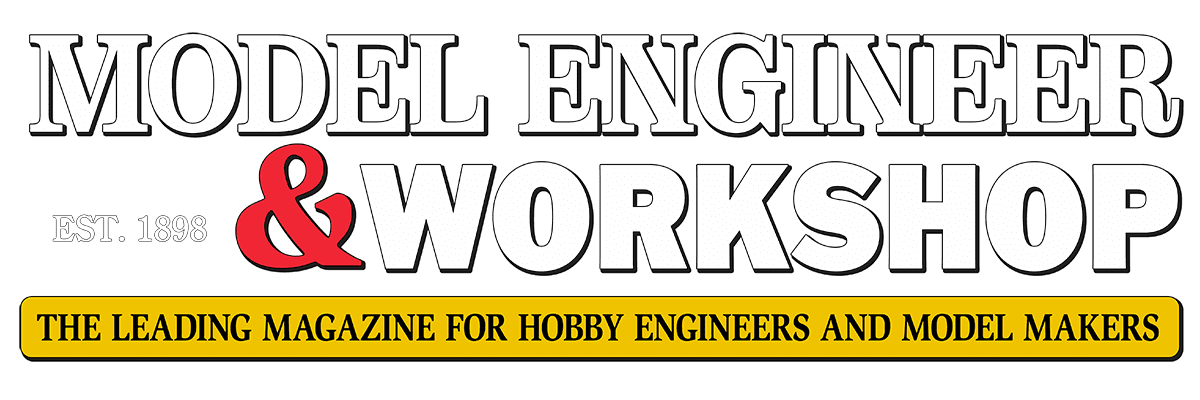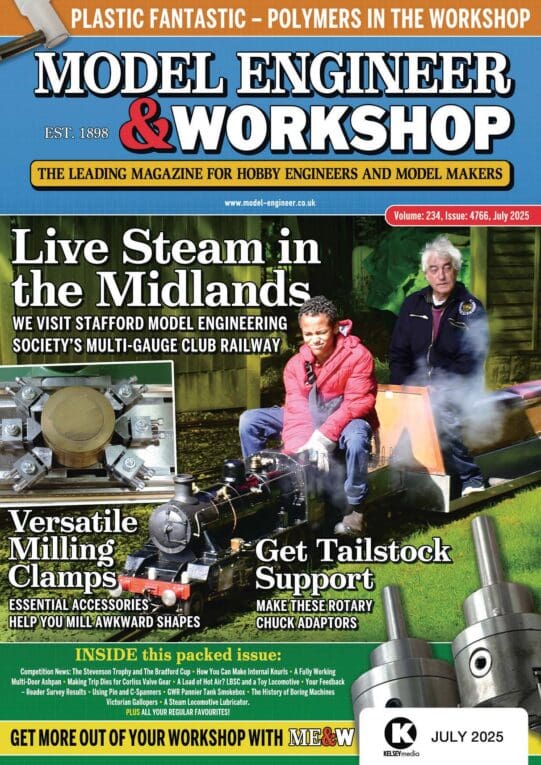The engine model is all-Assembly. The largest single Part is the crankshaft, but I’d not noticed it is away from the main axis until far too late – when I had put everything else together and was adding the base and wall.
On that I placed one pair of eccentrics, one sheave (simplified to a plain disc), the two outside main bearings (ball-races simplified to plain cylinders) and oil-seals, and crosshead.
Those Parts and the base-plate are all ready-made in reality, but some may need modifying.
I’d also added the connecting-rod, as a new design not yet made physically. At 6 inch centres it threatens to make the entire engine too high. The whole thing is not supposed to be more than 16 inches tall, 17 at most; and that back-plate and guide-bar top are already 12″ above the underside of the base.
I’ve made a pair of connecting-rods at 4-inch centres but the resulting centres / stroke ratio of only 2 is too small. It should be at least 3. They would also need a longer piston-rod to stretch the engine enough to fit the valve-gear, which I’ve not yet tried to design (adapted from a published design).
.
The guide-bar is shown in temporary or unfinished form. I created that, the back wall and guide-bar support purely as representative to help build up the CAD model.
.
I’ve just looked to see if Atom has opacity as well as colour controls. It does but I’d not spotted that at the time.
All those planes were the only way I could see to try to align everything hopefully in the right places, and centrally on them; but there are still location errors somewhere in there. The bearings and possibly the whole crankshaft are displaced slightly towards one end, and probably because I could not constrain the bearings to their tiny location steps on the shaft. (The eccentrics are bored to 0.80″, the bearings are of 0.750″ bore.) The model’s probably full of needless, wrong or missing planes and constraints.
E.S. Hindley & Sons’ design department never had these problems….
Nigel Graham 2.















